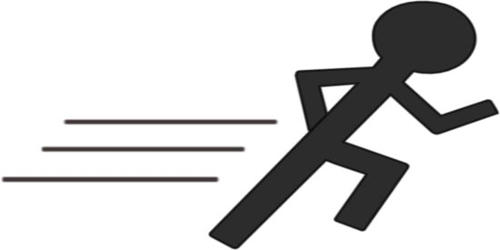Job design methods seek how to design jobs. It is the process of putting together various elements to form a job, bearing in mind organizational and individual worker requirements, as well as considerations of health, safety, and ergonomics. Jobs can be designed to range them from very simple to highly complex ones depending on the skill required to perform the job.
Classical Approach
The main focus of this approach is to increase the organizational productivity by effective planning for improving human efforts and skills. The classical approach of job design is greatly influenced by the work of F.W Taylor. From his work, time and motion study, he realized that by bringing a proper match between labor, tools, and tasks it would be possible to increase productivity. It is based on the principles of scientific management. Standardization and simplification are used in job design to ensure specialization.
Hence under this approach, the job is designed on the basis of organizational requirements. Its purpose is to simplify the tasks and break them down into small work units. The primary focus of this approach is planning, standardizing, and improving human effort at work in order to optimize organizational productivity. Different methods of classical approach are as follows:
- Work Simplification: It is a process through which the job is broken down into small work units. The job is simplified by breaking down the tasks of the job. The task contained in one job may be assigned to tow jobs. The outcome of work simplification is more specialization.
- Job Rotation: It is a process of transferring workers from one job to another or from one work unit to another without disrupting the flow of work. Employees are allowed to move from job to job. The jobs are not changed; only the employees are rotated.
- Job Enlargement: It refers to a process of expanding the job’s duties. It increases the number of different tasks performed by an individual in a single job. The tasks assigned to a job are increased by adding similar tasks. The scope of the job is enlarged horizontally. It is also known as “Horizontal loading” of the job.
Information Source:
















